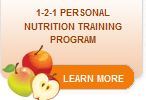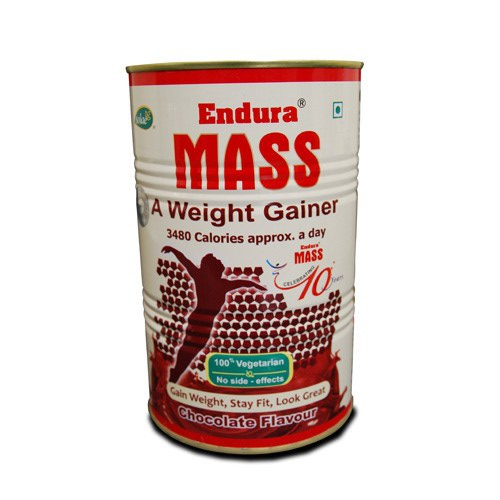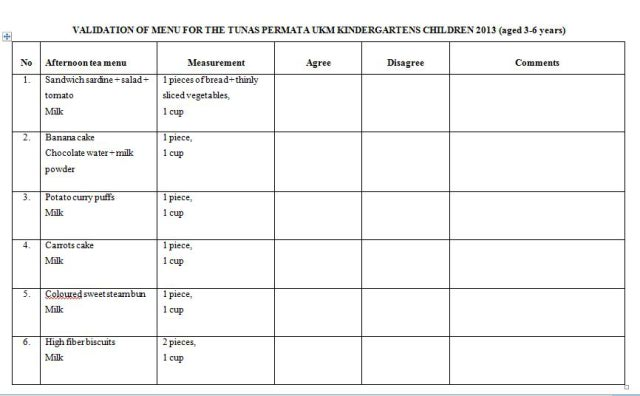Lose Weight > Question and Answer > Nutrition Dieting > questions about anemia for Delicious Living article
questions about anemia for Delicious Living article
Question
Thank you George,
That answer was great, and it was wonderful to hear back from you so quickly. I just have one
follow-up question: Could you be a little more specific about what foods anemic people should
eat or not eat? For instance, how much liver or leafy greens should they eat a day? Also, I've
heard that chocolate inhibits the body's iron uptake. Should anemic peopel avoid chocolate? I've
also heard similar things about spinach. Is this true?
Thank you so much. I will definitely mention your book in the article and send you a copy when it
comes out. For citation purposes, by whom and in what year was your book published?
Take care,
Christine Spehar
-------------------------
Followup To
Question -
Hi George,
In doing some research for an article I'm writing on anemia for
Delicious Living Magazine, I came across your name and thought
you would be a great expert to quote on the subject. Would you
mind answering two quick questions about anemia? If so, you
can also send me your address and I'll make sure you get a copy
of the article when it comes out.
What are the causes and symptoms of anemia?
What would you recommend, as a nutritionist, that people do to
cure anemia? (Dietary changes, etc.)
Thank you so much. Please let me know either way if you'll be
able to respond.
Take care,
Christine Spehar
303-917-2673
Answer -
Hello Christine,
I would be more then happy to help you with your article on anemia. While government
statistics indicate that 3.4 million Americans are anemic, the National Anemia Action Council, Inc.
(NAAC), an organization of anemia experts, maintains the number is far greater. People with
mild anemia, usually don't realize they are anemic until a routine blood test reveals a low
hemoglobin or a low hematocrit (the percentage of red blood cells in the blood).
Many people might not be sure what anemia is. It is defined as a signal or warning that your
body has a shortage of hemoglobin. Hemoglobin delivers oxygen to tissues and organs, and is
carried by red blood cells. When someone is anemic, their organs are not getting enough oxygen
to do their jobs.
When anemia is moderate to severe, people may have a variety of symptoms, including
fatigue, pale skin, dizziness, fuzzy thinking, breathing trouble, rapid heartbeat, and loss of sex
drive.
There can be many causes of anemia. The most common type of anemia is due to iron
deficiency, often resulting from a diet that does not contain an adequate amount of iron, or from
blood loss such as heavy menstruation. Deficiencies in certain vitamins (folic acid, vitamin B6,
and vitamin B12) can also lead to anemia. Other causes are chronic diseases and their treatment,
blood loss, and destruction of blood cells. Certain types of anemia are hereditary, like sickle cell
disease and thalassemia.
I highly recommend that patients with anemia work with a nutritionist so they can develop an
eating plan that can help cure the anemia. The nutritoinist will help patients learn how to
incorporate certain foods in their diet that are rich in iron and folate, like liver and dark green
leafy vegetables.
Can you send me a copy of the article when it is printed? My address is 33222 Kentucky,
Livonia, MI 48150.
Can you also mention in the article that I am the author of "Ask the Nutritionists:Answers to Your
Nutrition Questions" It is available at any bookstore. Thanks!
Let me know if you have more questions!
-George Rapitis, Bsc. Nutritionist
www.juiceblend.com
Dear Christine,
There are different types of anemia so the foods to help cure each type vary. Here is breakdown:
To prevent and help cure iron-deficiency anemia, eat foods rich in iron such as red meat, dried beans, dried fruits (especially apricots), nuts, shellfish, and liver.
To prevent and help cure folic acid deficiency anemia, eat foods rich in folic acid such as citrus fruits, spinach, asparagus, mushrooms, soybeans, wheat germ, and liver.
To prevent and help cure pernicious anemia, eat foods rich in vitamin B12 such as shellfish, lamb, beef, cheese, fish, eggs, and liver.
People with anemia can work with a nutritionist to help determine how many servings they need of each depending on their calorie level. Usually 2-3 cups of green vegetables daily, a 3-5oz serving of meat, and 1-2 cups of fruit.
As you mentioned people with anemia should avoid chocolate because it can inhibit iron absorption. Chocolate contains polyphenols--including phenolic acids, tannins, flavonoids. Common in tea, coffee, and wine. Therefore, if you drink tea, drink it between meals. Herbal teas do not contain tannin and are an alternative to regular tea.
Also Oxalates are acids found in rhubarb, swiss chard, chocolate, and spinach. They bind iron, thus preventing absorption. Spinach should be eaten with a vitamin C food to help with iron absorption. On the other hand, broccoli, kale, and oriental greens provide an abundance of available and useable iron.
One iron enhancing tip that I give people especially pregnant women with anemia is that they eat a vitamin C rich food(ie. oranges, kiwi, broccoli) with every meal to help with iron absorption. Vitamin C acts to markedly increase absorption of non-heme iron. Adding a vitamin C source to a meal increases non-heme iron absorption up to six-fold which makes the absorption of non-heme iron as good or better than that of heme iron. Fortunately, many vegetables, such as broccoli and bok choy, which are high in iron are also high in vitamin C so that the iron in these foods is very well absorbed. Commonly eaten combinations, such as beans and tomato sauce or stir-fried tofu and broccoli, also result in generous levels of iron absorption.
For citation purposes my book is published by Authorhouse (August 2005). I am including a menu plan below that can give your readers and idea of what they should be eating daily.
Sample Menus Providing More Than 15 milligrams of Iron
Iron (mg)
Breakfast: 1 cup Oatmeal 3.8
Lunch: 1 cup mixed bean salad with roll 4.7
snack: 10 Dried Apricots 2.0
Lunch: 1 svg Black-Eyed Peas and Collards 2.1
1 svg Corn Bread (p. 21) 2.6
1 slice Watermelon 1.6
----TOTAL 16.8
Let me know if you have more questions!
-George
Related Articles
-
Nuitrition and Running
QuestionHi there, Im a 24 year old male, approx 56 and approx 13
-
Love handles
QuestionOk, My name is Ashly.Im 18, About 116 Lb and im 53.I have
-
Carbohydrate intake timing and metabolism
QuestionI am a venezuela man 47 years old, 124 kg, 1.93 m....I wa
-
Reduce triglycerides
QuestionI have a triglyceride level of 550 and need to lower it c
-
Lower belly pooch
QuestionDear Laura, Im a 20 year old college female
-
Bodybuilding Nutrition
QuestionIm a bit confused when it comes to nutriton and food inta




